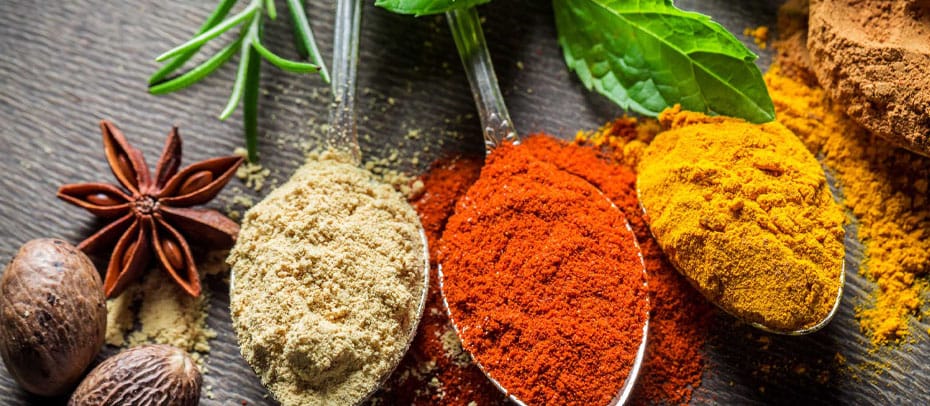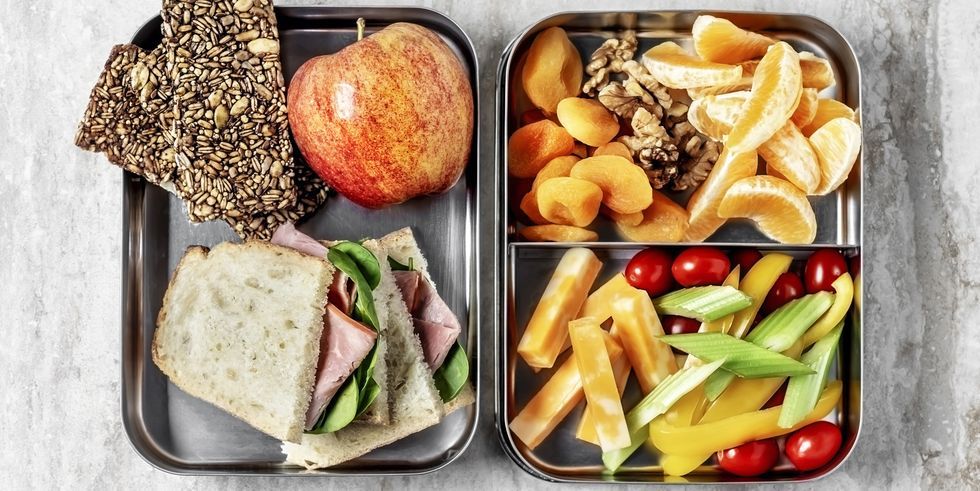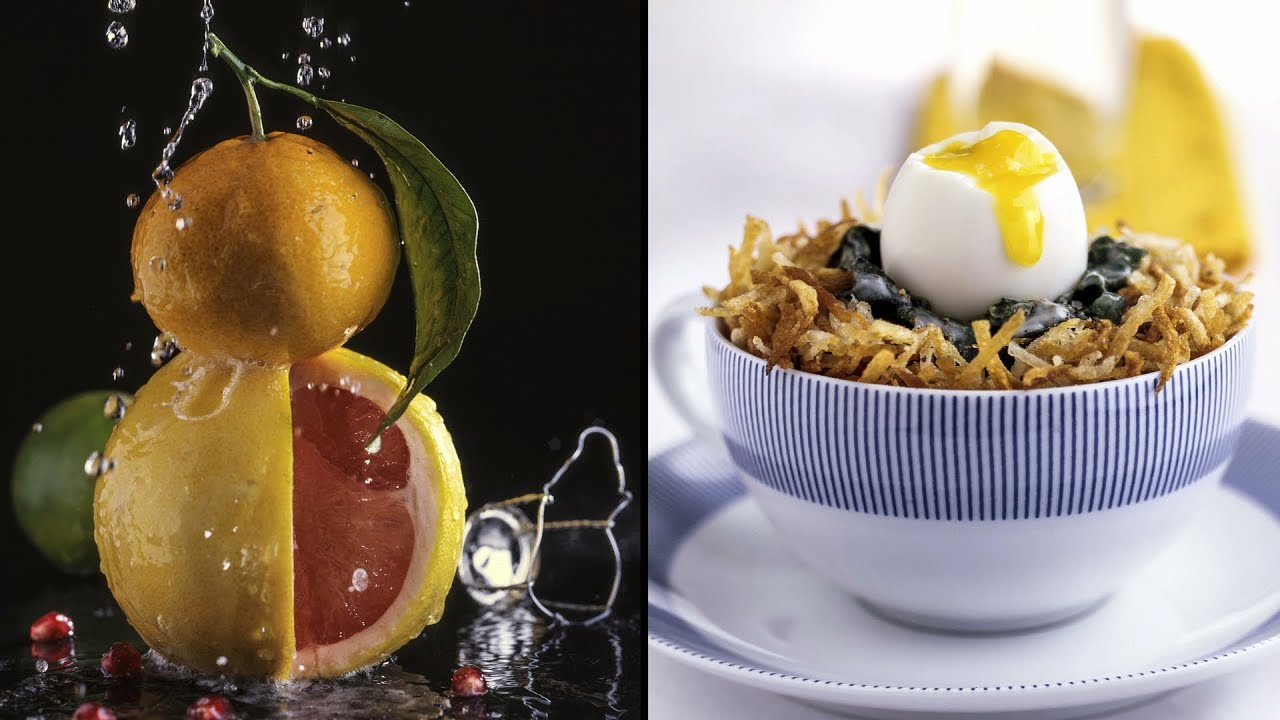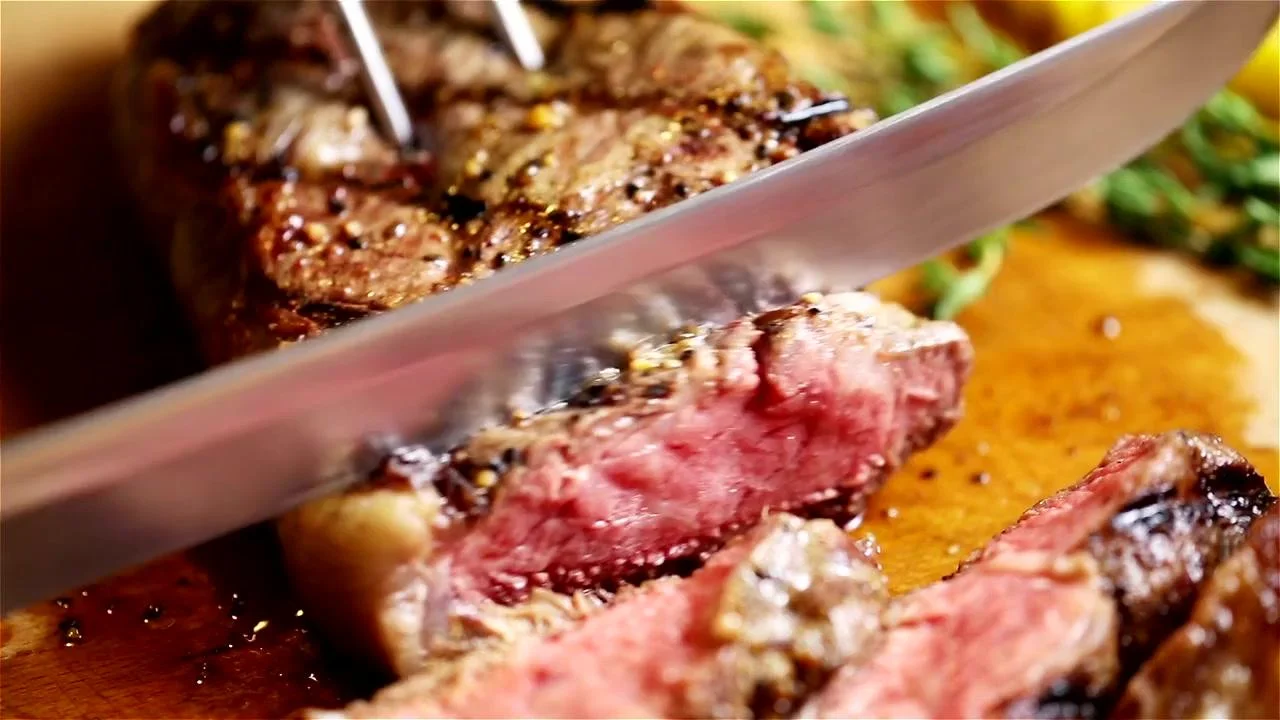Science of Flavor
Science of Flavor” Flavor is at the heart of every culinary creation, and behind each tantalizing taste lies a symphony of science. In this exploration of the science of flavor, we will delve into the fascinating world of taste and seasonings, unlocking the secrets of how ingredients, techniques, and culinary alchemy come together to create the flavors that dance on our palates. Science of Flavor
Taste, the Pioneering Sense
**1. The Basics of Taste: Our sense of taste revolves around five primary tastes: sweet, salty, sour, bitter, and umami. Each taste serves a distinct purpose, from signaling the presence of energy-rich sugars (sweet) to identifying potential toxins (bitter). Science of Flavor
**2. The Taste Buds: Taste buds are our molecular taste detectors. They are sensitive to specific molecules in food, allowing us to perceive various tastes. For example, sweet receptors are tuned to detect sugars, while bitter receptors are alert to potential poisons. Science of Flavor. They are sensitive to specific molecules in food, allowing us to perceive various tastes. For example, sweet receptors are tuned to detect sugars, while bitter receptors are alert to potential poisons. Science of Flavor
**3. The Umami Revolution: Umami is the savory, full-bodied taste found in foods like tomatoes, soy sauce, and mushrooms. This “fifth taste” is attributed to the presence of glutamate, a compound responsible for the delightful richness in many dishes.
Culinary Chemistry: Flavor Enhancers and Combinations
**1. Seasoning Science: Seasonings are the magic wands of flavor. They enhance taste by either amplifying or balancing the primary tastes. For instance, salt enhances sweetness and masks bitterness, while lemon juice adds a pleasant tangy sourness.
**2. Herbs and Spices: The volatile compounds in herbs and spices are key to flavor. Heat unlocks their aromatic oils, infusing dishes with complex, layered tastes. Cinnamon, for example, contains cinnamaldehyde, which imparts its warm and sweet flavor.
**3. The Maillard Reaction: This chemical reaction occurs when amino acids and reducing sugars are heated, creating the browning and complex flavors found in roasted coffee, seared meats, and toasted bread.
The Psychology of Flavor
**1. The Influence of Scent: Our sense of taste is closely linked to our sense of smell. When we eat, aromatic compounds from the food travel up the back of the throat to the olfactory receptors, enhancing our perception of flavor.
**2. Flavor Pairing: Some ingredients create a harmonious symphony when combined. Think of classic pairings like tomato and basil, or chocolate and mint. The science of flavor pairing explores the principles behind these culinary marriages.
**3. Visual Presentation: The appearance of a dish can significantly impact our perception of flavor. Color, texture, and presentation all play a role in our sensory experience.
The Fusion of Art and Science
Culinary artists and chefs are both scientists and creators. They use their understanding of the science of flavor to craft extraordinary dishes that not only taste divine but also appeal to our senses. Whether it’s a perfectly seasoned steak, a delicately spiced curry, or a refreshing fruit salad, the science of flavor is always at play in the kitchen.
Exploring and Experimenting
Understanding the science of flavor is a powerful tool for anyone who enjoys cooking or savoring a well-prepared meal. Whether you’re a professional chef or a home cook, experimenting with tastes and seasonings can lead to exciting culinary discoveries.
So, the next time you savor a meal, take a moment to appreciate the fascinating science behind the flavors that make it truly delectable. The journey through the science of flavor is an ongoing exploration, and it’s one that will continue to delight and inspire the culinary world.






